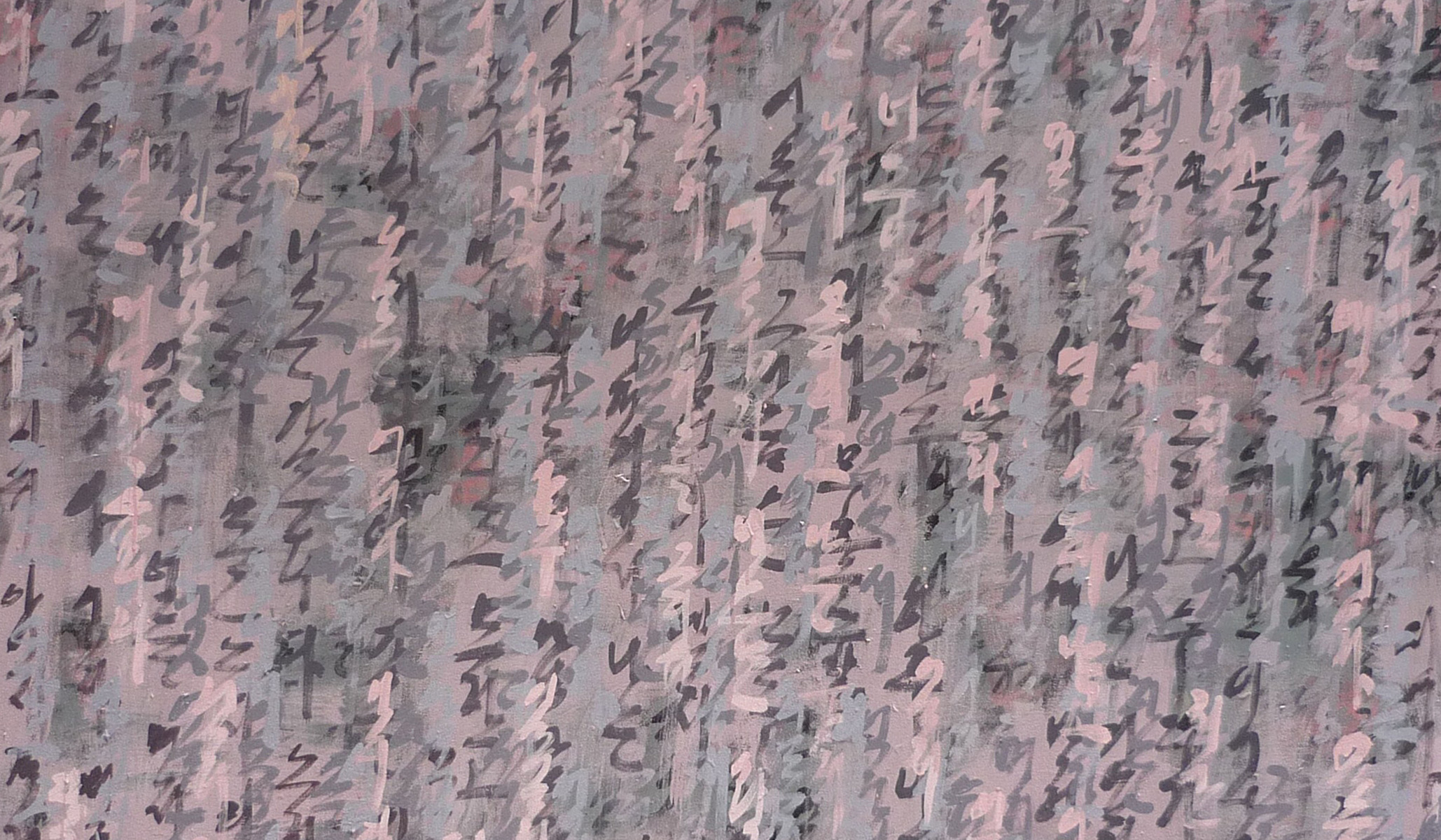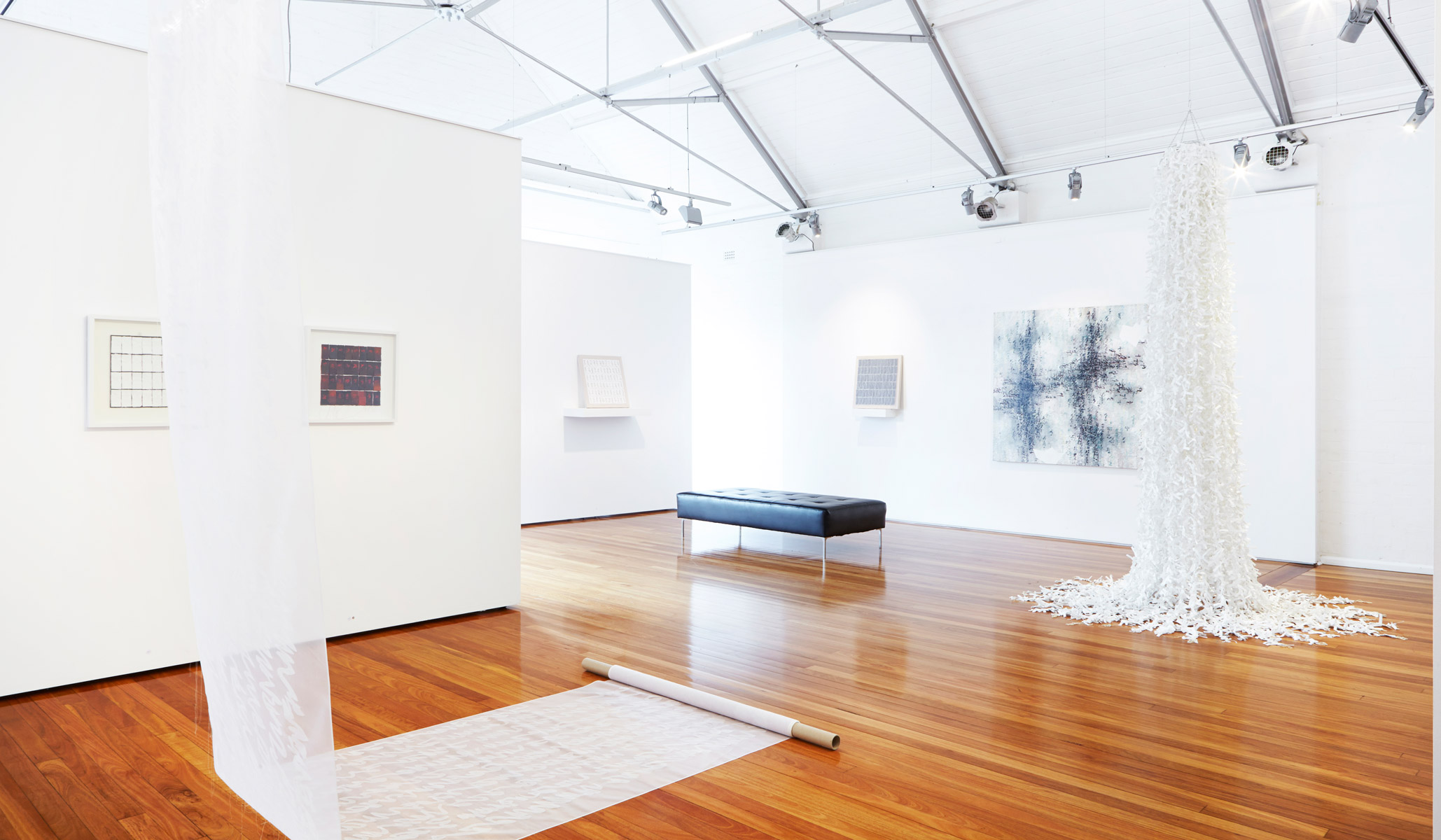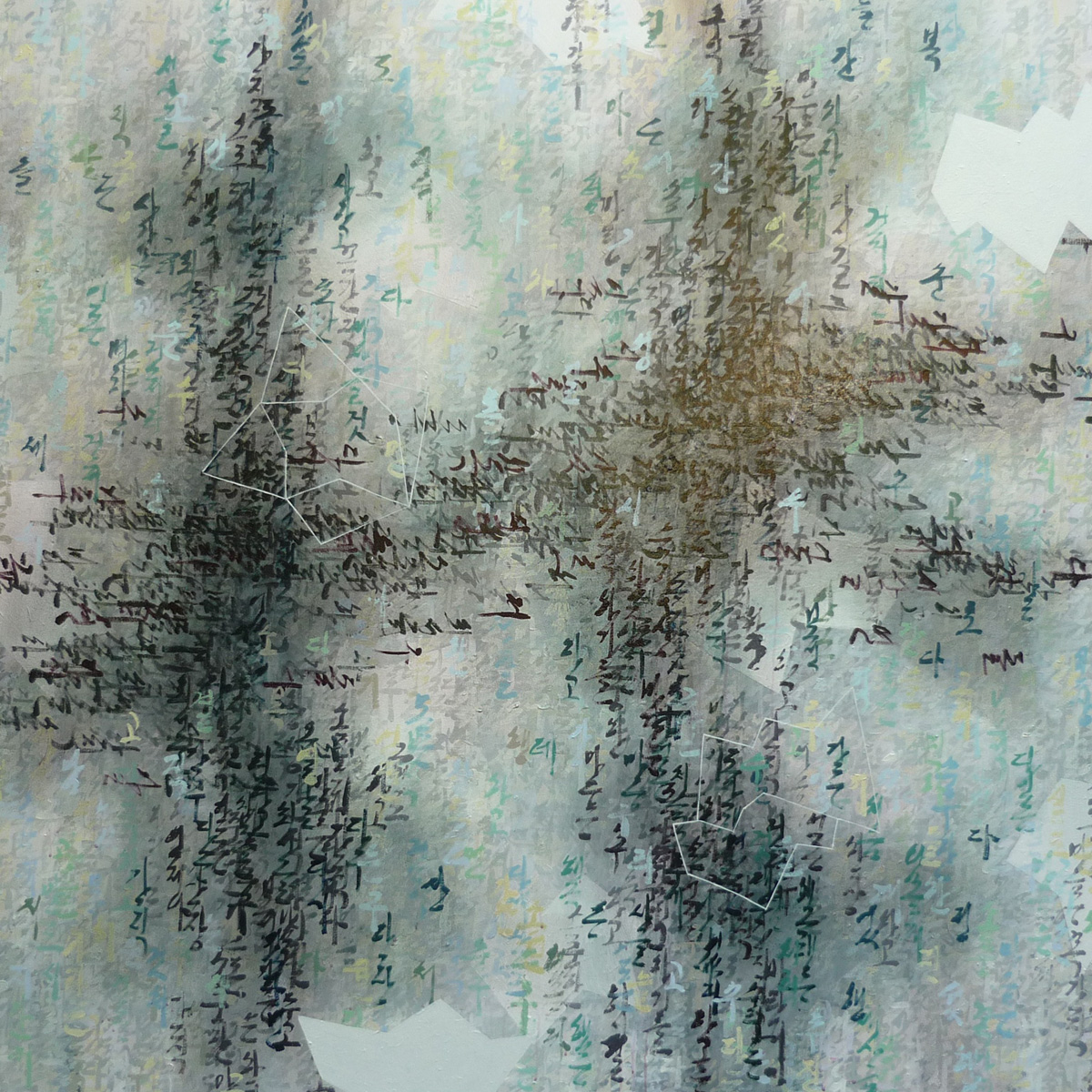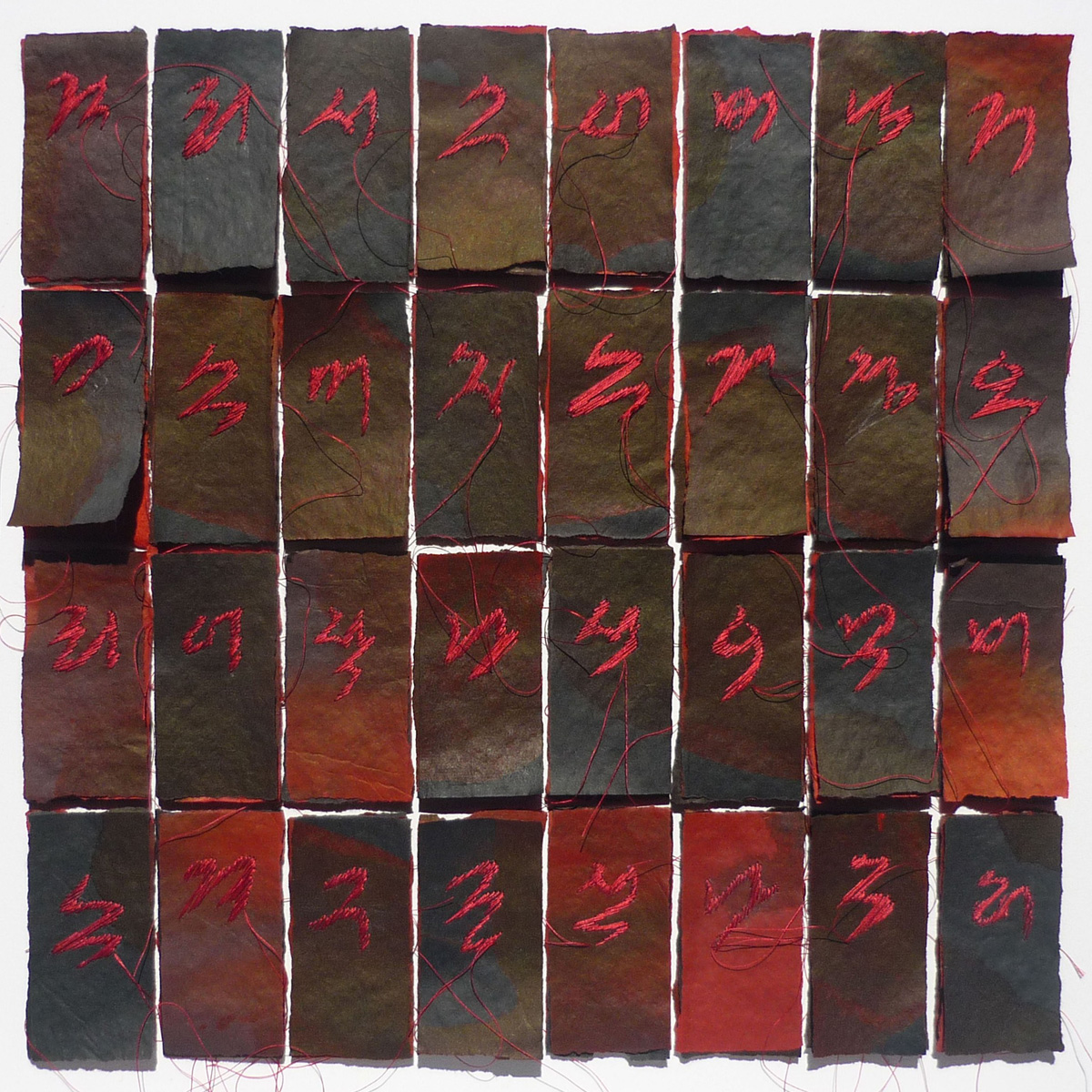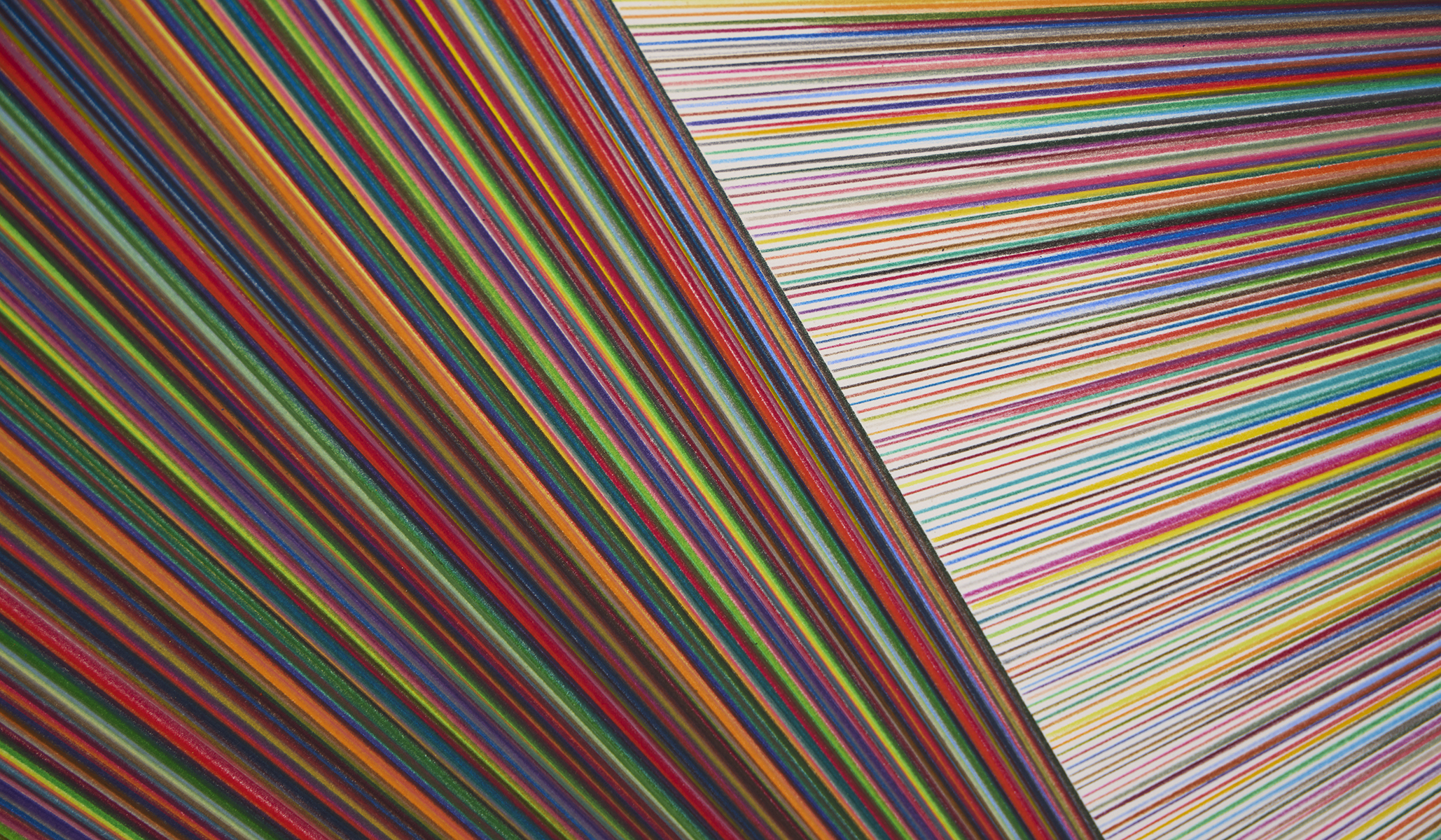Exhibition
Secrete, signifies a ‘putting away’ and for artist Hyun-Hee Lee the exhibition marks a five-year period of making works in response to memories and to a reconciliation of her separation from family and culture following her migration from Korea to Australia some ten years ago.
Over that time she describes experiencing a sense of dislocation and a certain ‘loss of self’ that encouraged her to: “ search for ways, through my art practice, to develop lasting connections to the culture of my birth.” She achieves this by investigating, and manifesting through her art, the many rituals and practices from three main religions, Shamanism, Buddhism and Confucianism, along withsome superstitious practices that are imbedded in the fabric of Korean culture and the Korean psyche despite its being a complex industrialized society.
Hyun-Hee Lee’s works express a ‘mind-heart-hand continuum’ that reflects the wider philosophies and energy of the artist. Her working process is meditative and ritualistic. This has become a way, along with materials like Hanji paper and silk and ink and methodologies of burning and stitching and preparation of offerings, to establish and maintain emotional and spiritual connections with her Korean heritage.
Her works are very personal yet universal in sentiment. Paintings that are ‘confessions’ are derived from her diaries and expressed with gestural calligraphic marks that are not legibly Korean characters, but which along with her colour choices are evocative of the emotion implicit in the private texts. Some works are dedicated to her father, others like My Prayer and Forgotten are a mother’s paean; a prayer and aspirations for her daughter.
White Tears is developed from poignant memories: “After a family trauma I remember it was heavily snowing all night. I depicted my hopes and dreams as if they were falling like the snow and my tears. I created this work based on the experience of my time spent in the temple to alleviate my feelings of sadness through meditation and prayer. I wanted to connect to this powerful experience and the memories of the many paper prayers hanging in the temple.”
Dear My Father is homage to her father and the scroll form calligraphic Buddhist sayings he would send to her to guide and provide solace for her in times of challenge.
A sense of healing and wanting to put away things from the past characterize Hyun-Hee Lee’s most recent works. The process of her art making is both as performance and a kind of catharsis. Sitting and embroidering she describes as meditative and healing. Stitches close wounds forming silken ‘scars’. Hers is an action, not of forgetting – but recalling; acknowledging, recording and protecting; sometimes wrapping into parcels of time and place, of linking past and present. The artist’s sentiments are personal yet public and shared as singular yet universal emotions.
The series Compassion: wound, Compassion: absolve, Compassion: purge, is a complex summation work of so many layers – physically, psychologically and spiritually, bringing together influences from the artist’s Buddhist upbringing, Korean cultural heritage and her life experience. The works are vested in meditation process and philosophy where a wound held from the past, through forgiveness (absolution), can be purged and cleansed, leading to enlightenment.
Each Compassion work has multiple small panels of three layers of stitched-together Hanji paper, which is dyed and stained – both physically and metaphorically. The layers are symbolic of past, present and future and secrete the agony or threat within. The rectangular shape and format comes from that of a Sharmanic charm or amulet that will encapsulate a written or drawn message as a protection from evil spirits.
Penitence #2 and Devotion #2 both embody the ritualistic practice of burning; that of the penitent writing with hot wire the feeling or incident to be erased, the heat scorching through three paper layers symbolic of past present and future, leaving a its ‘scar’-like trace. Burning can also be devotional – by the lighting of candles as offerings in church or burning prayer papers in temples. The artist has stitched both the arrays of talismans to stretched transparent silk backings, letting a soft light filter through and between the panels, But she has then overlaid the whole of Devotion #2 in another layer of the silk, signifying balm and protection and putting away.
Barbara Dowse
Curator


